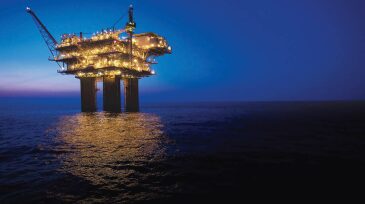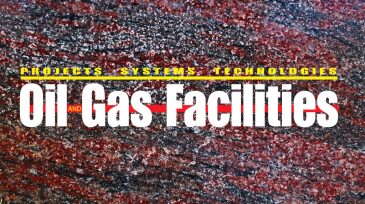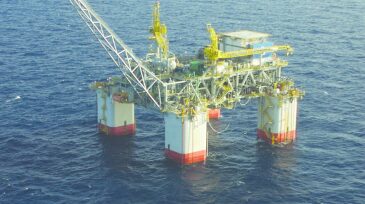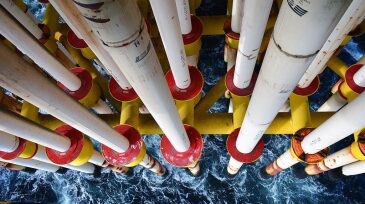Flow assurance
The research facility said it plans to add multiphase-flow-testing capabilities for heavy oil and different viscosities.
This paper compares various drainage strategies and well completion configurations on the installation of inflow control technology by considering energy efficiency.
A new tubing-conveyed tool combines wellbore cleanout with multi-tracer deployment for production diagnostics and reservoir monitoring.
-
An experimental study was conducted by use of a 6-in.-inner-diameter facility to analyze three-phase stratified wavy flow in horizontal pipelines.
-
In trying to reduce the footprint of facilities, operators often select the wrong piping components, hampering the performance. Selection of the right piping can avoid separation issues.
-
Construction costs, contractor involvement, flow assurance, and the integration of new technologies created to improve production are some of the deepwater challenges exacerbated by the current low price environment.
-
Use of surfactants and gas lift in combination to suppress severe slugging were tested. Surfactants were able to suppress severe slugging for most of the cases, and gas lift helped significantly.
-
The Tamar deepwater gas development offshore Israel experienced a short 4-year gap between discovery and startup, but doing so required the tough decisions in handling significant flow assurance issues.
-
Flow assurance issues offshore fall into three main categories -- production chemistry (deposition), operational issues (sand, slugging, foaming, emulsions) and integrity (corrosion, erosion)
-
When energy and healthcare collaborate, innovation is born. Pumps and Pipes, an unprecedented cross-industry collaboration between oil and gas exploration and production (E&P), cardiovascular medicine, aerospace, and academia, has grown into an international forum for transferable ideas and technolo
-
For many projects, asphaltene management plans are a matter of remediation or prevention. In the past decade, models have been developed to predict how asphaltene particles will behave in oil—the conditions under which precipitation and agglomeration occur.
-
Rice University has been working on effective models of phase behavior and asphaltene deposition as a path to improved design that can reduce this challenge for operators.
-
Riser slugging can restrict production and cause problems for downstream equipment. This paper discusses a simplified modeling approach to control of riser slugging.













